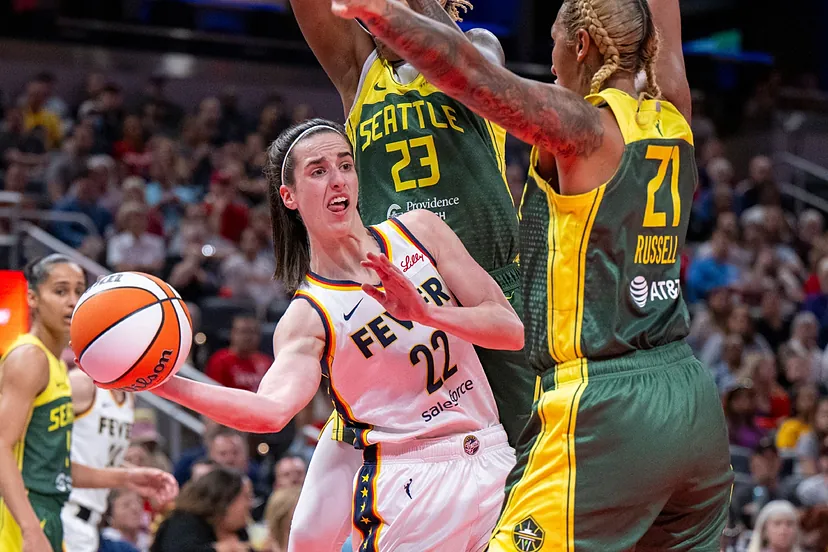
Caitlin Clark, the highly touted rookie of the WNBA, has found herself at the center of a swirling controversy regarding her turnover rate early in her professional career. As a dynamic point guard drafted with high expectations, Clark’s transition from collegiate stardom to the WNBA was anticipated to be a smooth one, yet her struggle with turnovers has become a focal point.
In her first ten games with the league, Clark has shown flashes of brilliance, showcasing her scoring ability and court vision. However, her turnovers have been a cause for concern, averaging nearly four per game. This statistic has sparked debate among analysts and fans alike, with opinions ranging from patience for her adaptation to questioning her readiness for the pro level.
One of the primary criticisms leveled against Clark is her decision-making under pressure. Coming from the University of Iowa where she was accustomed to being the focal point of her team’s offense, Clark now faces a faster, more physical game in the WNBA. Adjusting to the heightened defensive intensity and the speed of professional play has proven challenging, leading to forced passes and errant decisions.
Nevertheless, supporters of Clark argue that her turnovers are part of the learning curve expected of rookies in a competitive league like the WNBA. They highlight her potential, citing her ability to create scoring opportunities and her resilience in adapting to feedback from coaches and teammates. Clark herself has acknowledged the need to improve in this aspect of her game, emphasizing her commitment to studying film and learning from each game experience.
The controversy surrounding Caitlin Clark’s turnovers underscores the scrutiny that accompanies top prospects transitioning to professional sports. While her early struggles have drawn attention, they also present an opportunity for growth and development. As the season progresses, all eyes will be on Clark to see how she adjusts and matures, both as a player and as a central figure in the ongoing discourse surrounding the WNBA’s newest talents.
Relative Articles
None found





